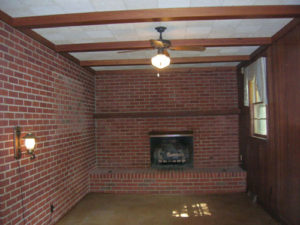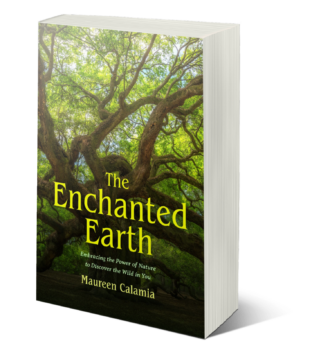Chi is the primordial life force energy of the Tao, the way of the universe, and “is the essence in all creation,” says Eva Wong in Feng Shui:The Ancient Wisdom of Harmonious Living for Modern Times.
Those knowledgeable about eastern thought and it’s disciplines such as the physical arts of tai chi and chi gong, or traditional chinese medicine or feng shui, in particular, understand that chi, even though it is not visible it is a very powerful, but subtle energy force in our lives. We can tap into positive chi of the land or we can destroy it. We can deflect negative chi of the land or ignore it, therefore allowing it in.
The more aware we are of our surroundings and the chi we are cultivating, the better we are in all areas of our lives: physical, emotional and spiritual.
Types of Chi
There are two primary types of chi: sheng chi and sha chi:
 Sheng chi – Also called benevolent chi, sheng chi is life-sustaining and nourishing. Sheng chi can be present in the natural setting or we can create it with our conscious architecture and design. Sheng chi gives us a solid foundation for life and well-being.
Sheng chi – Also called benevolent chi, sheng chi is life-sustaining and nourishing. Sheng chi can be present in the natural setting or we can create it with our conscious architecture and design. Sheng chi gives us a solid foundation for life and well-being.
Sheng chi is present in a settings that are comfortable, beautiful, inspiring and welcoming.
Sha chi – Also called negative energy, sha chi is harmful and destructive. Sha chi can also be present in the natural setting or we can, and often do, create it inadvertently in our architecture and design. There are several types of sha chi:
Rushing chi – Rushing chi pertains to chi that moves too swiftly through the landscape or building, such as strong winds. It will disperse any positive chi in the environment and will not allow for its accumulation. Opportunities are hard to grab hold of in this type of environment. Examples of rushing chi are fast-moving road in front of your house, a stairway or back door aligned with your front door, or your home being very close to the roadway.
Stagnant chi – Stagnant chi is the opposite of rushing chi. It creates lethargy and laziness and little, if any opportunities come your way. Examples of stagnant chi are a house with stagnant water, lots of overgrown landscaping in your front yard blocking the front door, or lots of clutter in your home.
Attacking chi – Anything that has a sharp corner or point can be considered attacking chi. If such a feature points to your front door (neighbors house or other structure) this can harm your potential for success in business and relationships. It can also impact your health. Having an object pointed at your bed, sitting chair or your back while sitting at desk can also have the same affects. Furniture, 90 degree join of two walls, pointed sculptures or other decor objects are the most common offenders.
 Si chi – Low or depressing energy can be caused by human tragedy (battlefields or other human conflict) or geopathic stress (negative earth energies). Si chi can lead to physical or mental illness as well as decay and lifelessness in plant life.
Si chi – Low or depressing energy can be caused by human tragedy (battlefields or other human conflict) or geopathic stress (negative earth energies). Si chi can lead to physical or mental illness as well as decay and lifelessness in plant life.
The best environments for healthy and prosperous living cultivate benevolent chi. May your home nourish and support you in your life.

